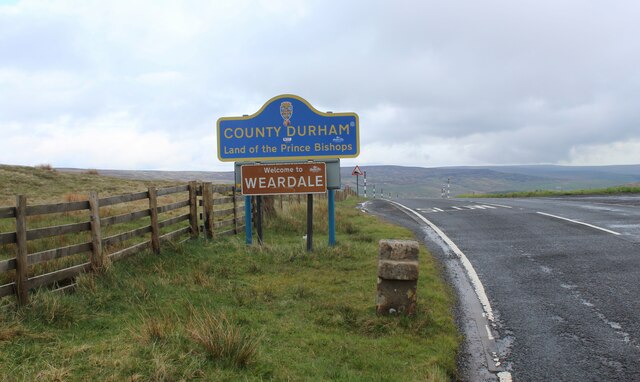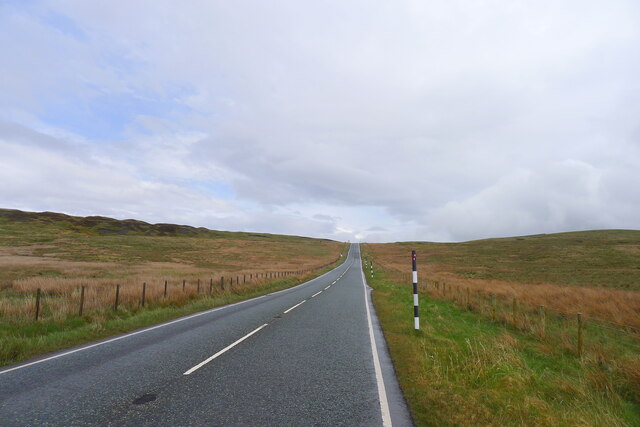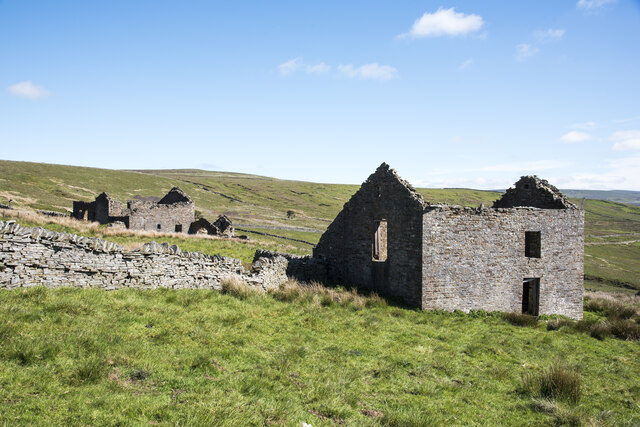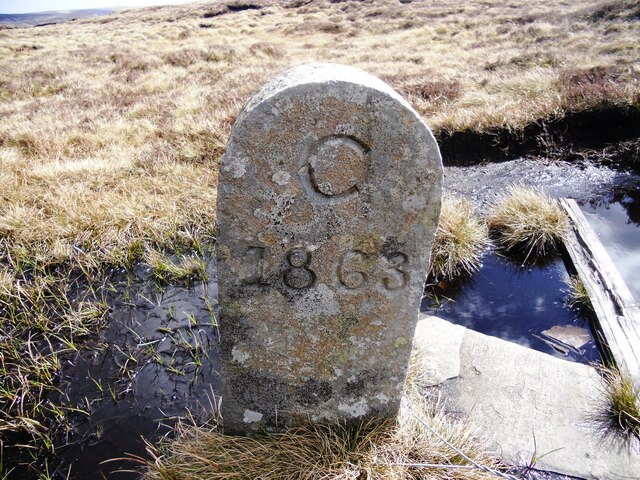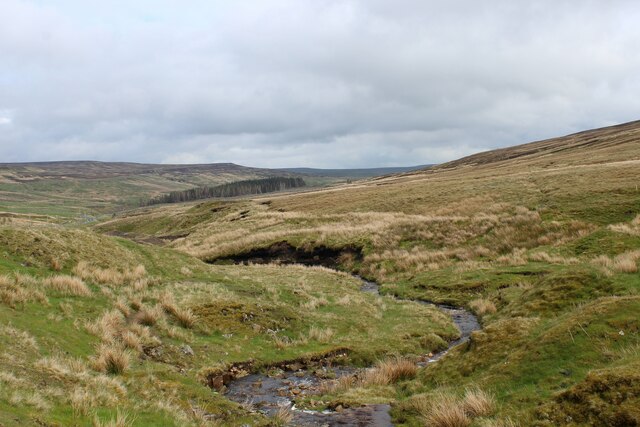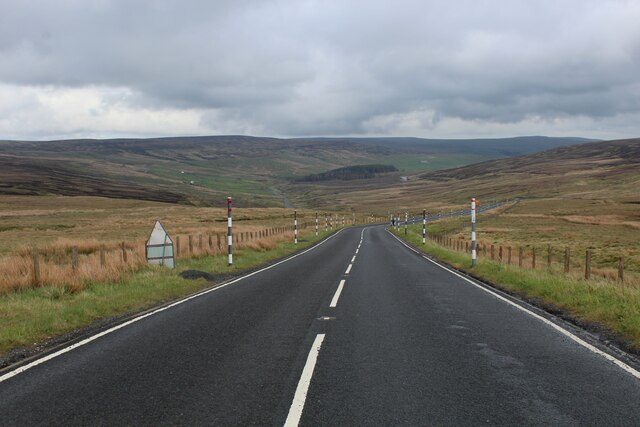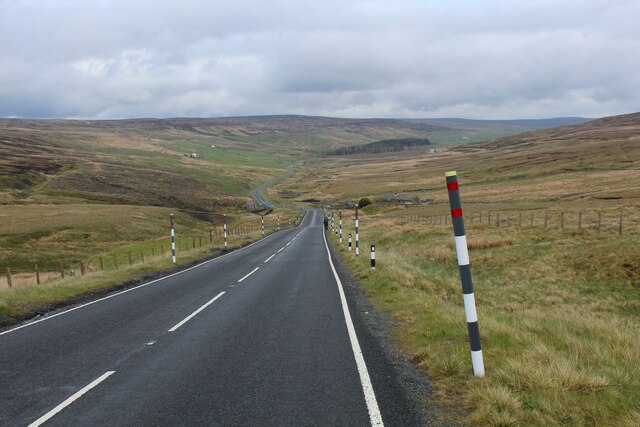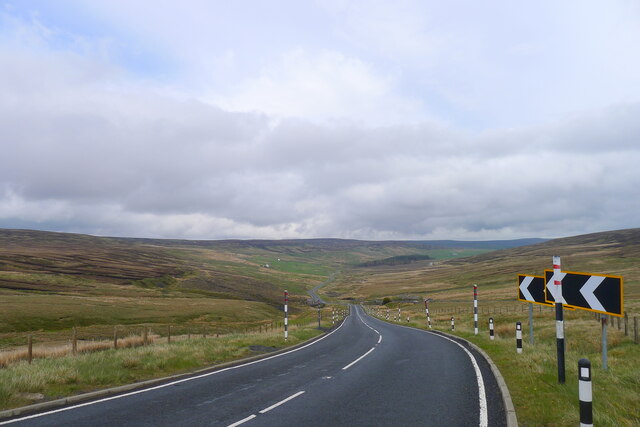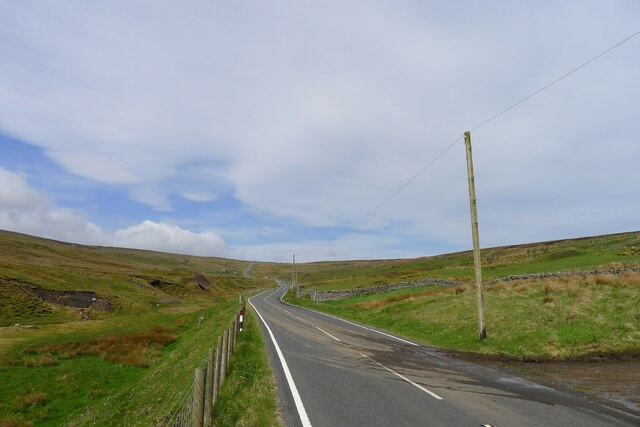Coal Cleugh
Valley in Northumberland
England
Coal Cleugh
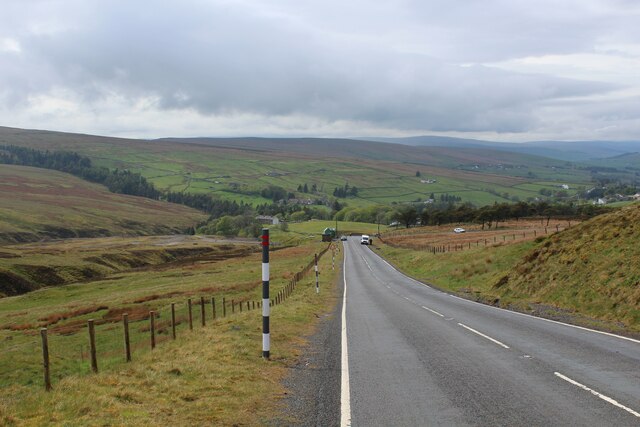
Coal Cleugh is a small valley located in the county of Northumberland, England. Situated in the northern part of the county, it is known for its beautiful natural scenery and rich mining history.
The valley is characterized by its rolling hills, lush green fields, and meandering streams. It is surrounded by the North Pennines Area of Outstanding Natural Beauty, which adds to its picturesque charm. The landscape is dotted with ancient ruins and remnants of its industrial past, including old mine shafts and disused buildings.
Coal Cleugh takes its name from the coal mines that were once prevalent in the area. During the 19th and early 20th centuries, the valley was a hub of mining activity, with numerous collieries operating in the vicinity. The mining industry played a significant role in shaping the local economy and community.
Today, the valley is a popular destination for hikers, nature enthusiasts, and history buffs. It offers a range of outdoor activities, such as walking, cycling, and birdwatching, with several well-marked trails and footpaths crisscrossing the area. The valley's diverse wildlife includes various bird species, foxes, and rabbits.
Visitors to Coal Cleugh can explore the remnants of the mining era, with some sites open to the public as educational attractions. The valley also provides a tranquil setting for picnics and relaxation, with its peaceful atmosphere and stunning views.
In summary, Coal Cleugh is a picturesque valley in Northumberland, renowned for its natural beauty, mining heritage, and outdoor recreational opportunities. It is a place where visitors can immerse themselves in the region's history while enjoying the tranquility of its countryside.
If you have any feedback on the listing, please let us know in the comments section below.
Coal Cleugh Images
Images are sourced within 2km of 54.799079/-2.3097388 or Grid Reference NY8044. Thanks to Geograph Open Source API. All images are credited.
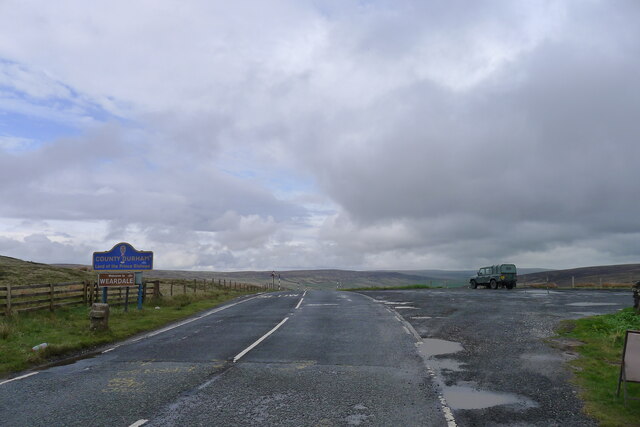
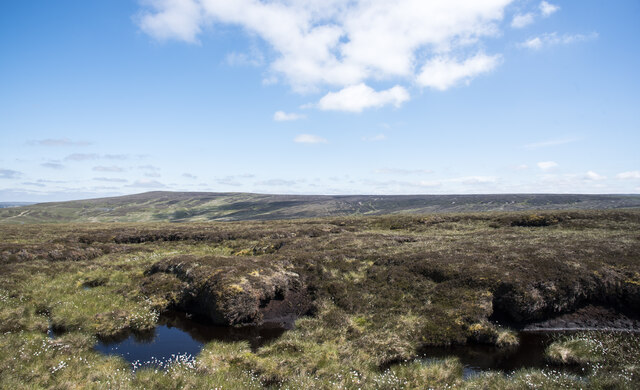
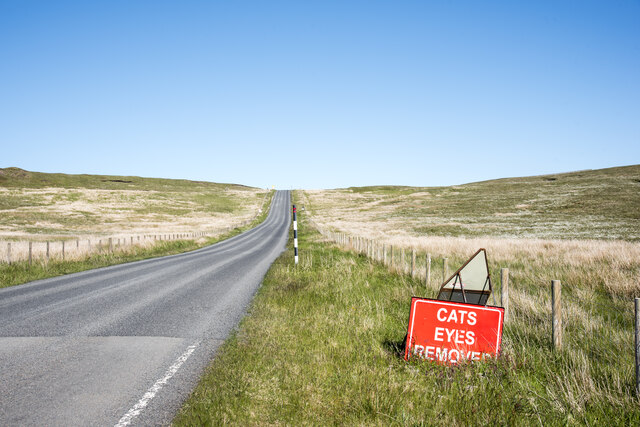
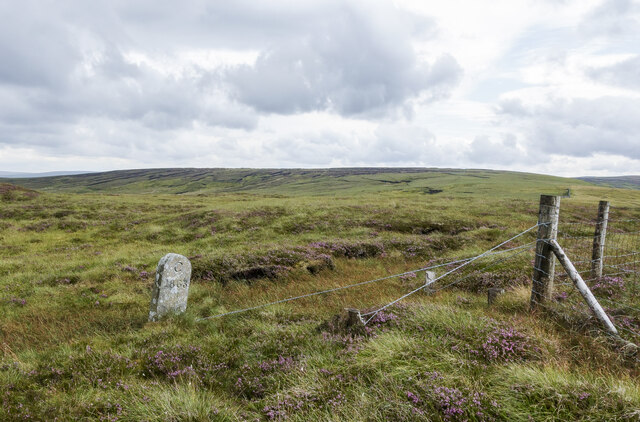
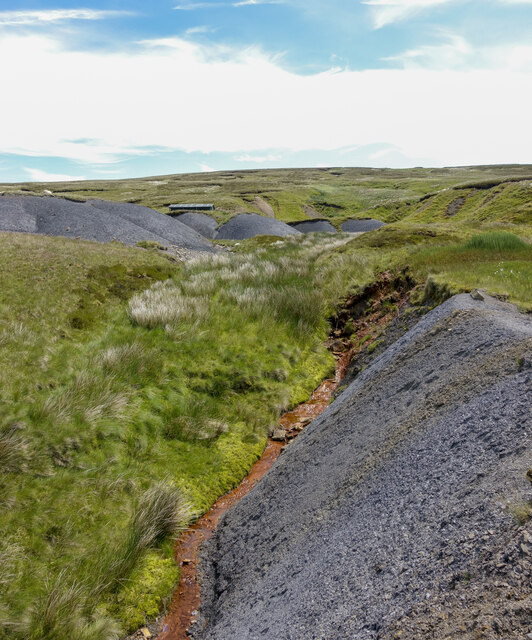

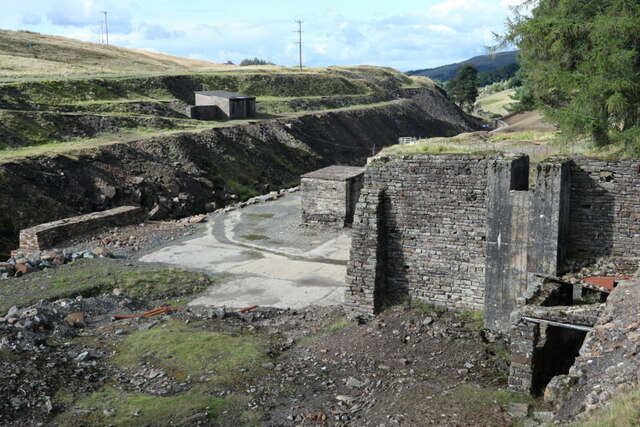
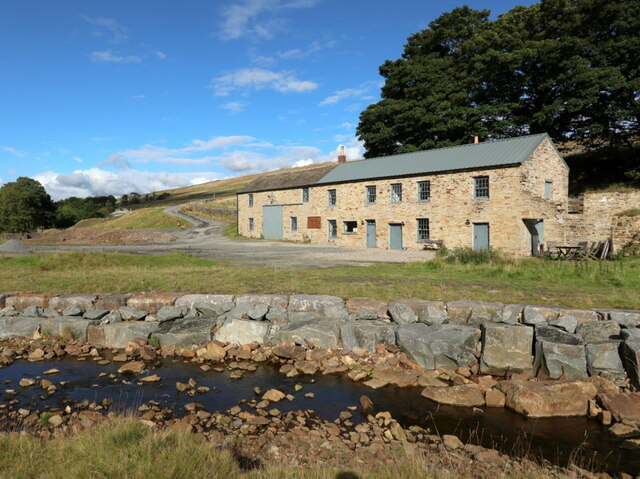
Coal Cleugh is located at Grid Ref: NY8044 (Lat: 54.799079, Lng: -2.3097388)
Unitary Authority: Northumberland
Police Authority: Northumbria
What 3 Words
///steep.remotes.alley. Near Alston, Cumbria
Nearby Locations
Related Wikis
Coalcleugh
Coalcleugh is a hamlet in Northumberland, England. It is situated in the Pennines between Penrith and Hexham. In the past it was well known as a lead mining...
Killhope Cross
Killhope Cross (elevation 627 m; 2,057 ft) is a mountain pass in the English Pennines. The pass divides Weardale to the east and Cumbria to the west. The...
Nenthead
Nenthead ( NENT-hed) in the county of Cumbria is one of England's highest villages, at around 1,437 feet (438 m). It was not built until the middle of...
Rampghill mine
Rampgill mine is a disused lead mine at Nenthead, Alston Moor, Cumbria, England UK Grid Reference: NY78184351It was one of the most extensive and productive...
Nearby Amenities
Located within 500m of 54.799079,-2.3097388Have you been to Coal Cleugh?
Leave your review of Coal Cleugh below (or comments, questions and feedback).
